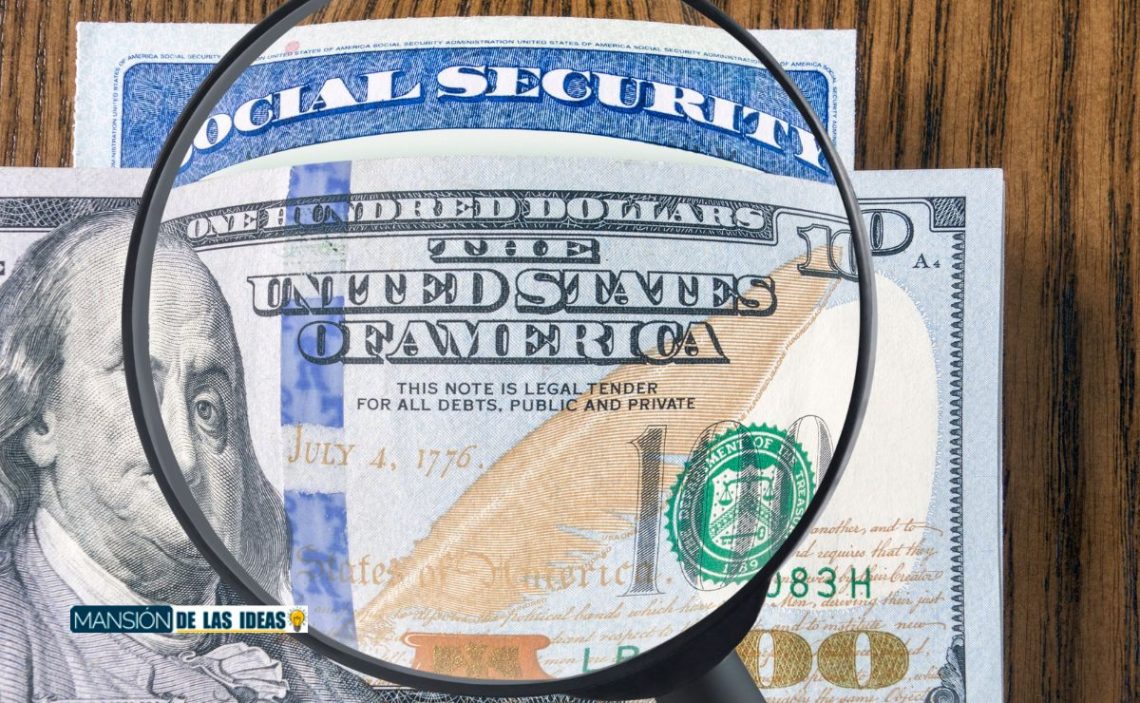The gender-related wage gap is a real thing, sadly, and it happens also in the United States. As of 2022, the disheartening reality persists that women earn a mere 82% of what their male counterparts do for comparable roles in the United States, as reported by the Pew Research Center. A comprehensive analysis conducted by Goldman Sachs further unveils a stark revelation: over the course of a lifetime, women find themselves grappling with earnings that are 21% less than those accrued by men. This glaring inequity, however, takes an unexpected twist in the domain of retirement.
Contrary to the financial imbalance they endure during their working years, women in the U.S. choose to embrace retirement two years earlier than their male counterparts, on average. Data gleaned from the U.S. Census Bureau in 2016 paints a vivid picture: the average retirement age for women was 63 years old, juxtaposed against the later retirement age of 65 for men. This trend, rather than waning, seems to gain momentum over time, as indicated by Forbes, which asserts an average retirement age of 65 for men and 62 for women as of 2021.
Retirement Averages for Women and Men in 2023
Digging deeper into the significances of retirement dynamics, a 2022 Gallup poll discloses that the average retirement age across genders now stands at 61, a noticeable ascent from the landscape in 1991 when it lingered at age 57. Harmonizing with this trajectory, the Retirement Confidence Survey underscores a median retirement age of 62 for both genders, even though a considerable number envisage deferring retirement until the age of 65.
While minor divergences in age emerge across these studies, the overarching pattern prevails: a postponement of retirement, with both women and men choosing to extend their professional journeys well into their 60s.
Why does people delay retirement until those ages? Well, that decision is a multifaceted journey, woven together by a myriad of personal, economic, and societal threads. In the intricate tapestry of one’s career and life, the choice to extend the professional voyage into the twilight years is often fueled by a convergence of factors.
The evolving landscape of pension plans and the uncertainty surrounding the sustainability of social security have compelled many to reevaluate their financial readiness for the golden years. In an era where the cost of living steadily ascends, individuals find themselves compelled to shore up their nest eggs, ensuring a robust financial foundation capable of withstanding the challenges of an extended retirement.
The rising costs of medical care and the desire for comprehensive insurance coverage act as powerful incentives to remain tethered to the professional sphere, where employer-sponsored health benefits offer a lifeline in the face of healthcare uncertainties.
Moreover, the evolving nature of work itself contributes to the inclination to delay retirement. The rise of knowledge-based economies, coupled with the advent of flexible work arrangements and remote opportunities, has altered the traditional narrative of a fixed retirement age.
When Are You Eligible for Social Security and Medicare?
Currently, the minimum age for collecting Social Security retirement benefits is 62. However, a strategic delay in claiming these benefits can result in a more substantial monthly payout. For those aiming for a maximized payout, reaching full retirement age is pivotal. Even more advantageous is deferring the claims until the age of 70, as this decision translates into a higher monthly benefit. To illustrate, initiating Social Security at 62 incurs a permanent reduction of 25-30 percent compared to waiting until full retirement age. Conversely, benefits experience a steady increase of 5-8 percent for each year of delay beyond full retirement age.
Simultaneously, Medicare eligibility commences at the age of 65. The two primary coverage options under Medicare are Original Medicare and Medicare Advantage. Original Medicare encompasses three distinct parts: Part A, Part B, and Part D, the latter being Medicare’s prescription drug plan.

